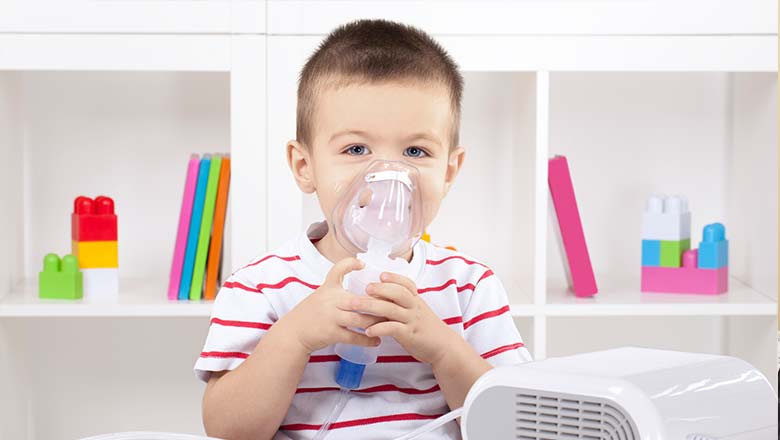Search
Research
Multi-centre, multi-disciplinary study using a systems biology approach to investigate immunomodulation in children with acute wheezeIngrid Pat Laing Holt BSc PhD PhD, DSc, FRCPath, FRCPI, FAA Head, Children's Respiratory Science Emeritus Honorary Researcher 6319 1828 Ingrid.laing@

News & Events
Funding boost to improve anaesthesia safety for kids with asthmaTelethon Kids Institute and the PMH Anaesthesia Research Team will work to improve the safety for young children with asthma undergoing general anaesthesia.

News & Events
Video: Aboriginal AsthmaWadjuk Nyungar man Walter McGuire talks about the importance of air quality to our health.
News & Events
Research reveals new link between Vitamin D, lung bacteria and asthmaA The Kids for Child Health Research study has uncovered a new link between vitamin D levels and asthma.
Research
Web-Based Self-Compassion Training to Improve the Well-Being of Youth With Chronic Medical Conditions: Randomized Controlled TrialUp to one-third of young people live with chronic physical conditions (eg, diabetes, asthma, and autoimmune disease) that frequently involve recurrent pain, fatigue, activity limitations, stigma, and isolation.
Research
Respiratory Health Effects of In Vivo Sub-Chronic Diesel and Biodiesel Exhaust ExposureBiodiesel, which can be made from a variety of natural oils, is currently promoted as a sustainable, healthier replacement for commercial mineral diesel despite little experimental data supporting this. The aim of our research was to investigate the health impacts of exposure to exhaust generated by the combustion of diesel and two different biodiesels.
Research
Distribution, composition, and activity of airway-associated adipose tissue in the porcine lungPatients with comorbid asthma-obesity experience greater disease severity and are less responsive to therapy. We have previously reported adipose tissue within the airway wall that positively correlated with body mass index. Accumulation of biologically active adipose tissue may result in the local release of adipokines and disrupt large and small airway function depending on its anatomical distribution. This study therefore characterized airway-associated adipose tissue distribution, lipid composition, and adipokine activity in a porcine model.
Research
From Beneath the Skin to the Airway Wall: Understanding the Pathological Role of Adipose Tissue in Comorbid Asthma-ObesityThis article provides a contemporary report on the role of adipose tissue in respiratory dysfunction. Adipose tissue is distributed throughout the body, accumulating beneath the skin (subcutaneous), around organs (visceral), and importantly in the context of respiratory disease, has recently been shown to accumulate within the airway wall: "airway-associated adipose tissue." Excessive adipose tissue deposition compromises respiratory function and increases the severity of diseases such as asthma.
Research
Airway and parenchyma transcriptomics in a house dust mite model of experimental asthmaLung transcriptomics studies in asthma have provided valuable information in the whole lung context, however, deciphering the individual contributions of the airway and parenchyma in disease pathogenesis may expedite the development of novel targeted treatment strategies. In this study, we performed transcriptomics on the airway and parenchyma using a house dust mite (HDM)-induced model of experimental asthma that replicates key features of the human disease.
Research
Development of a Symptom-Based Tool for Screening of Children at High Risk of Preschool AsthmaDespite advances in asthma therapeutics, the burden remains highest in preschool children; therefore, it is critical to identify primary care tools that distinguish preschool children at high risk for burdensome disease for further evaluation.
